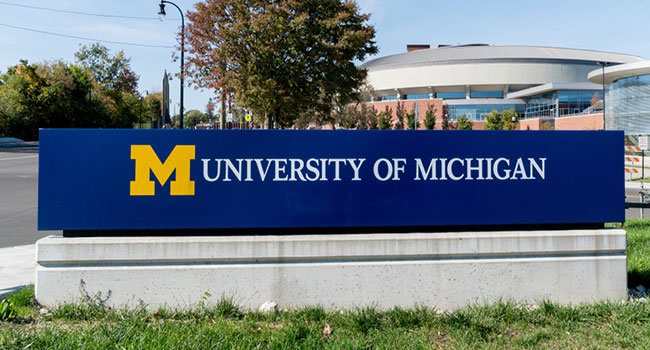
University of Michigan Will House Government Funded School Safety Research Center
The center plans to develop free training materials and create a national advisory board with representatives from rural, urban and tribal districts.
- By Haley Samsel
- October 14, 2019
With the goal of developing training and technical support to prevent violence in schools, the University of Michigan School of Public Health will be home to a $6 million research and training center focused on school safety.
Earlier this month, the university announced that its new center will bring together professors of public health, criminal justice and education as well as experts in law enforcement, crisis intervention and mental health.
“Addressing school violence requires a comprehensive, multifaceted and multidisciplinary approach that can be tailored to unique school contexts,” Marc Zimmerman, a co-principal investigator at the center and a professor in the public health school, said in a statement. “We’ve assembled a great team that we hope will make a difference to reduce violence and help create safe and healthy futures for our nation’s youth.”
Completely funded by the U.S. Department of Justice, the center is partnered with organizations like the Sandy Hook Promise Foundation, the Association of School Superintendents and the National Association of Elementary School Principals. The University of Virginia and Michigan State University have also signed on as partners.
Plans for the center, which is funded for at least three years, include creating an online database of training resources, workshops and free online courses for educators and security professionals. In addition, the center will create a national advisory board with representatives from rural, suburban, urban and tribal districts.
Justin Heinze, a co-principal investigator of the new center and a professor in the public health school, said that the university center is focused on making its materials accessible to anyone who wants to access them, including low-income districts that cannot typically afford security consulting.
“All of the training and technical assistance that we provide will be absolutely free,” Justin Heinze, a co-principal investigator of the new center and a professor in the public health school, told Michigan Radio. “We will have in-person training opportunities, we’ll have conferences, we’ll have online resources available ... You’ll have a way to contact our center to reach out to our experts with specific questions.”
Heinze added that he and his fellow researchers are primarily interested in discovering the evidence behind current school safety practices, including active shooter drills and the controversial idea of arming teachers.
“We can avoid a lot of that [political] debate because our interest is in promoting safety,” Heinze said. “One of the things that we will be looking to do is to speak to schools … and try to document where some of these efforts are happening and see how well they align with some of this research that supports those actions or not.”
About the Author
Haley Samsel is an Associate Content Editor for the Infrastructure Solutions Group at 1105 Media.